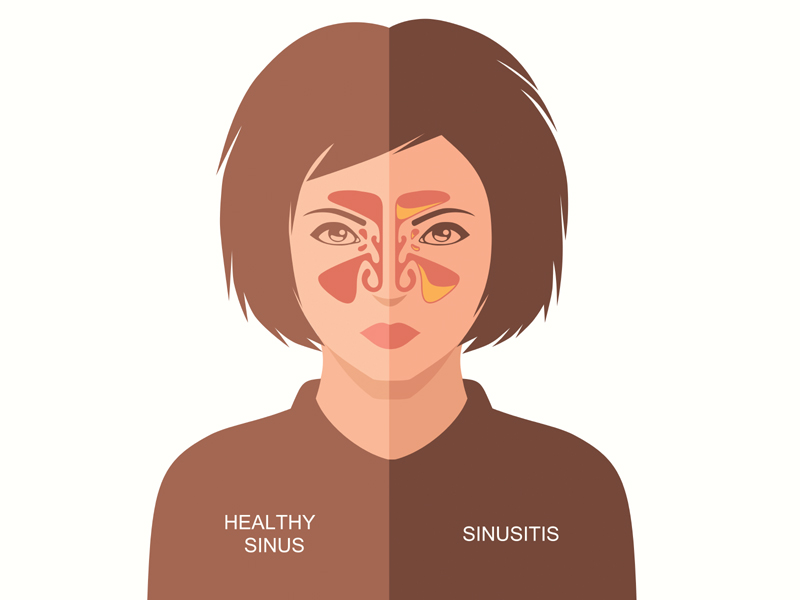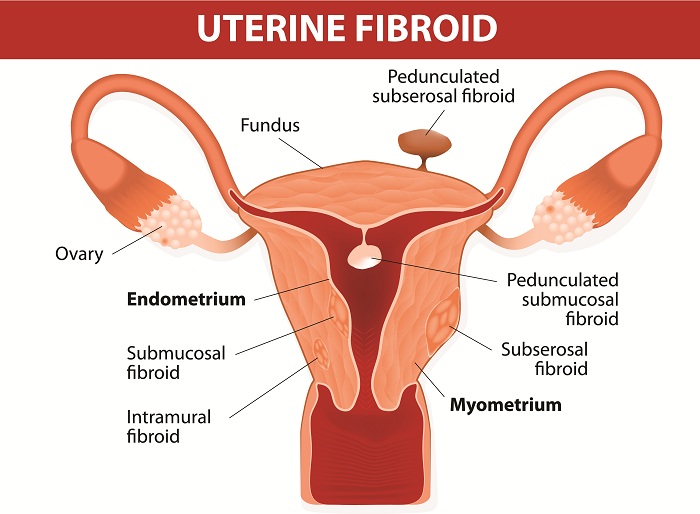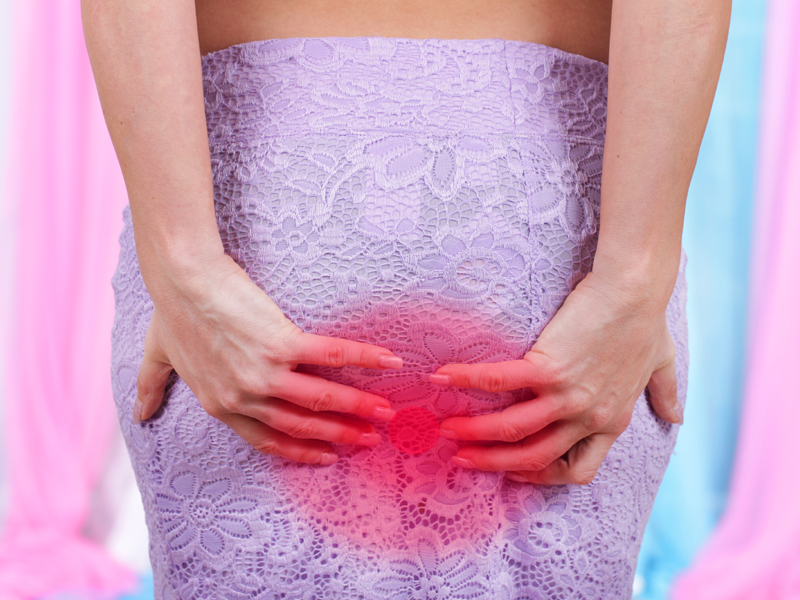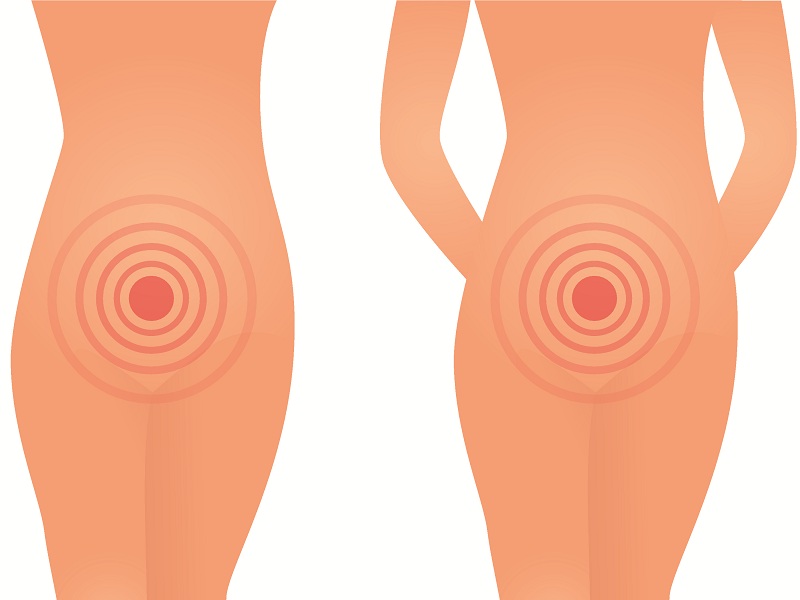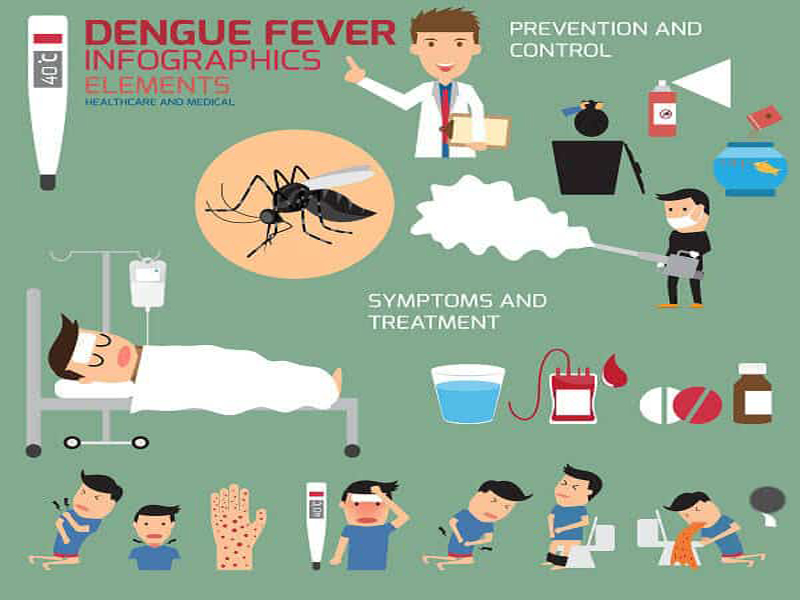When the abnormal cells in the abdomen start to grow abnormally and grow out of control then it is termed as cervical cancer. Cervical cancer occurs in the cervix which is the lower part of the uterus and opens into the vagina. In normal condition the ‘ectocervix’ looks pink in color and is covered with thin cells known as squamous cells. However the cervical canal or ‘endocervix’ is made up of columnar cells. The area in the cervix where these cells overlap is known as T-zone or ‘transformation zone’. It is in this location that the precancerous or abnormal cell growth takes place.
If cervical cancer is diagnosed in its early stage then it can easily be treated. Cervical cancer is a very common cancer among the women all over the world. But the good news is that since it develops over a period of time, cervical cancer can be easily cured with medications. Deaths’ resulting due to cervical cancer in women is as low as 2% every year. However it is very common among the women of the United States and also other countries. An average of three thousand and one hundred women is diagnosed with cervical cancer every year in the United Kingdom. Out of every woman out 100 women who are diagnosed with cancer everyday are actually diagnosed with cervical cancer.
Cervical cancer generally occurs among those women who are under the age of 35 years. It occurs mainly during midlife and is very rare in women below the age of 20 years. It is therefore important that after crossing the age of 35 and until the age of 70, women must undergo cervical cancer screening immediately.
Causes And symptoms Of Cervical Cancer:
Symptoms Of Cervical Cancer:
Women who are diagnosed with early precancers and cervical cancers generally have no symptoms. Symptoms almost do not appear unless the cancer has invaded to a nearby tissue and affected it and when this happens then the symptoms which are often noticed are:
1. Unusual Bleeding:
Abnormal bleeding is the most common cervical cancer symptoms. Abnormal bleeding from the vagina such as bleeding after vaginal intercourse that bleeding after sex, bleeding and spotting in between periods,, bleeding after menopause, having heavier or longer menstrual flow than normal. Bleeding after a pelvic exam or a douching is also a common symptom of the cervical cancer.
2. Pelvic and Back Pain:
Experiencing pelvic and back pain is extremely common, particularly for women. During the menstrual cycle most of the women experience aches and cramping, which is very normal and not at all alarming. However if this condition persists for longer duration, turns out to be very frequent and severe, it is important to immediately consult a doctor. Cervical pains and cramps at unusual times are indicative of the developing cancerous tumour.
3. Unexpected Weight Loss:
Sudden loss in the appetite resulting in weight loss can be cause of any other medical condition. However when coupled with other factors, unintentional weight loss must not be ignored and should be checked immediately with the doctor. During the time of cancerous growth, the immune system of the body fights against it. In this process the body produces tiny proteins known as ‘cytokines’ that generate energy by breaking down fat at a comparatively higher rate. This causes unexpected weight loss, regardless of the diet that you are following.
4. Leg Pain:
During the early stages of cervical cancer, some women experience pain or swelling in their legs. This is because during the growth of cancerous tissues, the cervix swells up and causes obstruction to the flow of blood to the limbs. This causes swelling in the legs that also gives a painful sensation.
5. Painful Intercourse:
In medical terminology, painful intercourse is referred as ‘sex dyspareunia’ and is one of the predominant causes of cervical cancer. Painful intercourse is indicative of the advanced stages of cervical cancer wherein the cancer has spread to other tissues and reached the reproductive organs.
6. Abnormal Discharge:
Women often experience discharge from their vagina that in normal cases is odourless and colorless. However if you begin to experience a discharge that is thick or colored and emits a bad smell, it may turn out to be an early symptoms of cervical cancer.
7. Abnormal Menstrual Cycle:
Menstrual periods that are longer and heavier as compared to the normal cycles signal the development of cervical cancer. It also causes irritation in the cervix region as the cancer begins to spread in the adjoining areas. Heavy bleeding is categorised as one when you need to change tampons or sanitary napkins once in every two hours.
8. Painful Urination:
Painful urination cannot alone be associated with cervical cancer. However when experienced together with other symptoms of cervical cancer, it should be consulted immediately with a doctor. If you experience pain while urinating or feel pain in your urinary bladder, you must see a doctor. In normal cases, this condition can be treated easily. Other urinary discomforts like itching, stinging or burning occurs with the spread of cancer to the surrounding tissues. In order to stop further damage, immediate medical help should be taken.
9. Frequent Urination:
Loss of bladder control is very common in pregnant women or when we take high intake of fluids. However if you face this problem other than the above mentioned case, it needs further medical evaluation. Loss of bladder control is an important sign of developing cervical cancer. It is experienced when the growth of the cancerous tissue is no longer localized and has spread to the bladder and some section of urinary tract. Hence it should be immediately consulted with a doctor.
10. Constant Fatigue:
It is quite normal to feel tired at the end of the day’s work. However in normal cases little rest makes you feel better and energised. But when you begin to experience lack of energy at all times during the day and which does not get better even after resting, it should not be taken easily. In women with cervical cancer, most of the red blood cells in the body are substituted by white blood cells. This is done to fight with the disease. However the patient becomes anaemic and tends to feel tired and exhausted very often. This condition is also caused due to reduced supply of oxygen to the body.
Causes Of Cervical Cancer:
The presence of Human Papillomavirus (HPV) is very predominant at the site of cervical cancer, accounting to nearly 99%. There are more than 100 types of HPV, out of which the major types do not pose any risk of cervical cancer. Only high-risk HPV, that are HPV-16 and HPV -18, causes cervical cancer in women.
In United States, in all cases of sexually transmitted infection, HPV is most commonly found. Furthermore after the age of 50, more than 80% of women have witnessed some form of HPV infection. Most of these infections are not cancerous and get cured by self within a period of 2 years. However women with relentless HPV infection are at higher risk of developing cervical cancer. There are various forms of treatments and medications available these days that completely cure the occurrence of cervical cancer. It is however said that prevention is better than cure. Identifying the cause of cervical cancer will help you keep the diseases away from you.
Take a look at what are these common causes of Cervical Cancer are as follows:
1. HPV Infection:
One of the major causes of the cervical cancer is Human Papilloma Virus (HPV). It also causes Adenocarcinoma and squamous cell cancer. Although there are there over 100 types of Papilloma viruses out there, at least 40 of them are passed via sexual contact. Few of them are called genital viruses or the wart viruses as they cause genital warts.
But here is an interesting fact – the kind of wart viruses which causes warts do not necessarily causes cell changes which later develop into cancer. Out of so many HPV viruses, at least 15 of them are deemed high risk for causing cervical cancer. Human Papilloma Virus is common that a woman who is very active sexually will come in contact with at least of those viruses in her entire life. If men uses a condom during sex then it relatively reduces the chances of becoming a victim of cervical cancer otherwise the chances are very high.
2. Other Sexually Transmitted Infections:
A study has shown that both Human Papilloma Virus and herpes increases the chances of becoming a victim of cervical cancer. Also, Chlamydia also increases the risk of becoming a victim of a cervical cancer.
3. Smoking:
A study has shown that if you smoke then the chances of increasing the squamous cells are higher. Researchers have also found that certain cancer chemicals such as benzyrene are found in the cervical mucus of those women who smokes. These researchers believe that presence of these chemicals lead to cervical cancer. If you are one of those women who is sexually very active and also smokes a lot then the chances of you becoming a victim of cervical cancer is twice as likely. The Langerhans cells which help to fight against the disease are unable to fight off the virus and also the cervical cells that come from the genetic changes. These genetic changes lead to cancer at a later stage
4. Weakened Immune System:
If your immune system is not very strong then the chances of you suffering from a cancer including cervical cancer is very high. People who are taking drugs in order to suppress their immune system after an organ transplant or the people who are suffering from AIDS and HIV are also at a higher risk of developing cervical cancer. It is so because a healthy immune system generally helps you to stay protected from abnormal cells, viruses or bacteria. Since your immune kill off the cells, the abnormal cells will not become cancerous in nature.
5. The Pill:
Researchers believe that women who are taking the pill on a regular basis and have been continuing to take it for about 5 years now, have higher chances of developing cervical cancers. However discontinuing the use of pills reduces the risk of cervical cancer. It is so because the women who take the contraceptive pills are:
Sexually active, probably have multiple partners,
Does not take the necessary steps to use contraception that is to say have unprotected sex.
This could actually raise the risk of that woman having cervical cancer.
6. Circumcision:
Women who has sex with men who are circumcised are less likely to suffer from cervical cancer. It is so because the women who are circumcised have less chances of carrying the Human Papilloma Virus.
7. Your Sex Life:
A woman’s sex life may help determine the cause of cervical cancer. Even if the woman did not have multiple partners and slept with only one woman, she could still get the HPV virus. It is so because he may be carrying it considering he had more than one woman in his life.
8. Pregnancy:
Women who had already had a child are more exposed to becoming a victim of the cervical cancer. If you have had your first baby at/before the age of 17 then the chances of you becoming prone to cervical cancer is higher than a woman who has had her first child birth after the age of 25.
9. Use of Intrauterine Device:
According to the findings of recent studies it was found that use of Intrauterine Device (IUD) greatly reduced the chances of development of uterine cancer in women. It was found that use of IUD caused a protective effect that even remained a year after its use. Moreover use of IUD can even reduce the chances of developing uterine or endometrial cancer.
10. Multiple Pregnancies:
Women who have had multiple pregnancies (3 or more) are at higher risk of developing cervical cancer as compared to women who did not deliver any children. The exact reason for the same is still not known. Yet it is believed that higher number of pregnancies causes hormonal changes in the body that tend to make the cervix more susceptible for HPV infection.
If diagnosed early then the cervical cancer can be treated. Therefore, if you notice any of the symptoms in you then please consult a doctor today.









































